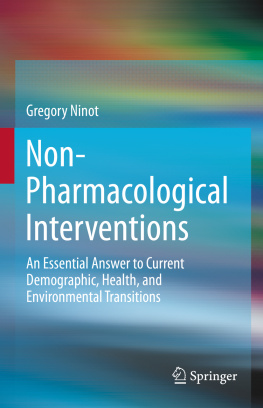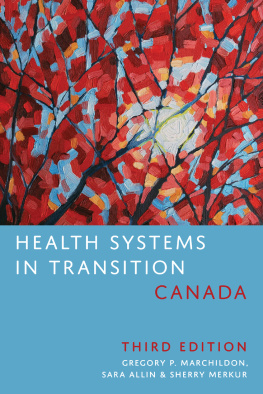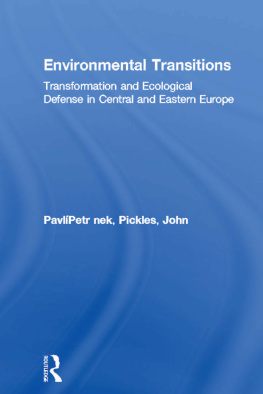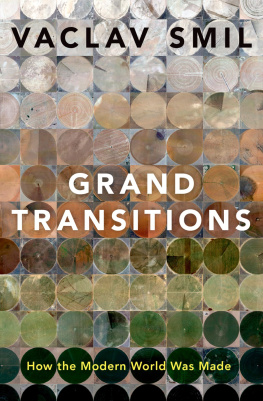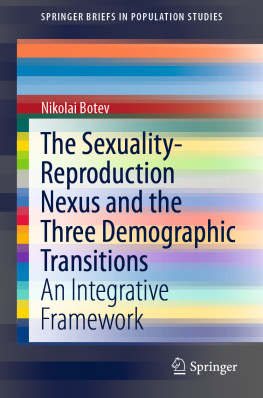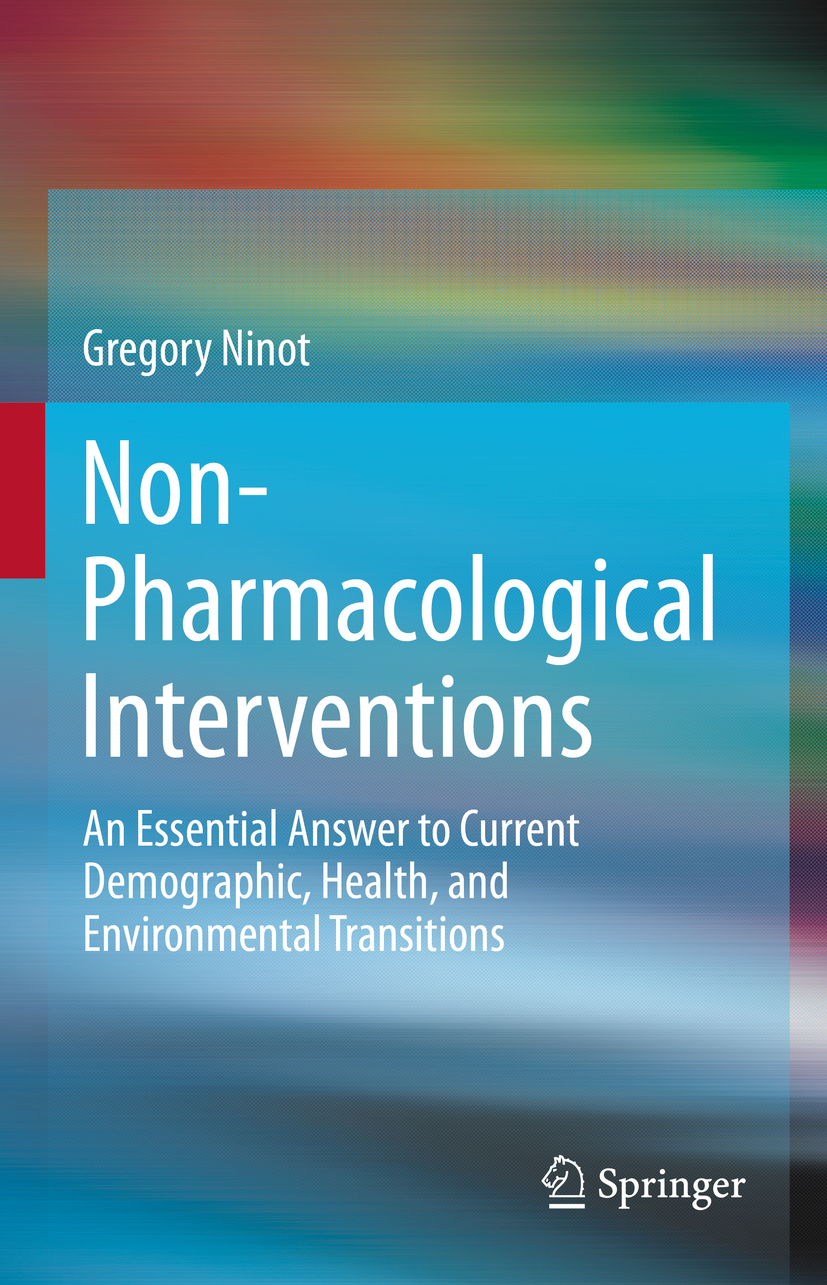Gregory Ninot
University of Montpellier and Montpellier Cancer Institute, Montpellier, France
ISBN 978-3-030-60970-2 e-ISBN 978-3-030-60971-9
https://doi.org/10.1007/978-3-030-60971-9
The Editor(s) (if applicable) and The Author(s), under exclusive license to Springer Nature Switzerland AG 2021
This work is subject to copyright. All rights are solely and exclusively licensed by the Publisher, whether the whole or part of the material is concerned, specifically the rights of translation, reprinting, reuse of illustrations, recitation, broadcasting, reproduction on microfilms or in any other physical way, and transmission or information storage and retrieval, electronic adaptation, computer software, or by similar or dissimilar methodology now known or hereafter developed.
The use of general descriptive names, registered names, trademarks, service marks, etc. in this publication does not imply, even in the absence of a specific statement, that such names are exempt from the relevant protective laws and regulations and therefore free for general use.
The publisher, the authors and the editors are safe to assume that the advice and information in this book are believed to be true and accurate at the date of publication. Neither the publisher nor the authors or the editors give a warranty, expressed or implied, with respect to the material contained herein or for any errors or omissions that may have been made. The publisher remains neutral with regard to jurisdictional claims in published maps and institutional affiliations.
This Springer imprint is published by the registered company Springer Nature Switzerland AG
The registered company address is: Gewerbestrasse 11, 6330 Cham, Switzerland
Preface
Nobody on our limited-resource planet can objectively ignore the huge challenges awaiting humans born in the twentieth century: climate change, aging of human populations, and unprecedented growth of noncommunicable diseases.
A vast list of solutions mixing traditional practices and modern technologies appears to be a fruitful avenue. Connected watches, serious games, health applications, virtual reality headsets, hypnoses, mindfulness, detox methods, diets, fasting, food supplements, enriched foods, minerals, herbal remedies, mycotherapy, essential oils, tisanes, massages, reiki, reflexology programs, osteopathy methods, acupuncture, spa treatments, Tai Chi, Qi Gong, Pilates, yoga, cryotherapies, light therapies, goop solutions...
Healthcare professionals, preventionists, consumers, patients, parents, family caregivers, and workers use and promote more and more these medicines, every day, everywhere. Media, social networks, and the Internet boost new consumers, workers seeking to be higher performing, athletes, students, retirees, patients wanting to obtain every chance of recovery, persons frustrated by conventional medicine, individuals wishing to get better in mind and body, and people looking for youth and attractiveness.
Where does this craze come from? Is it a profound and durable movement or a fashion with a momentary effect? Is this a credible health offer or a door open to the worst abuses? Is this sector to be taken seriously or does it remain marginal? Are there effective and safe practices? And if so, to cure, to care for, or to prevent which health troubles?
This book answers these questions through a scientific approach. Science and clinical research are revolutionizing this field (Ernst & Smith, 2018). In the course of 20 years, these practices have gone from global diet and hygiene strategies to targeted and personalized methods for prevention, care optimization, and even curative treatment.
Thanks to todays global research and its concern to identify effective and personalized solutions, dangerous practices are tending to be eradicated. From this immense shambles which used to mix alternative medicines, fake medicines, traditional remedies, useless interventions, and relevant solutions for health, science is now working to sort it out.
Patients will benefit from increasingly effective and safe health solutions, delivered at the right time, used by better and better-trained professionals. Scientists call them non-pharmacological interventions or NPIs. Their integration into a part of personalized medicine and integrative health is becoming increasingly evident (Rakel, 2018). It is clear that NPIs will play a major role in this century. They can be differentiated from alternative medicines (also called paranormal medicines) and socio-cultural services through continuous research that promotes a high-quality protocol and the traceability of practice. NPIs include approaches that go beyond promotional public health messages (e.g., generic hygienic-dietetic principles). Health authorities across governance levels are promoting improvements in their assessment and use (e.g., health agency, health ministry, medical society). Relevant NPIs should be proposed in tandem with regulated biomedical treatments. Unfortunately, not everyone is benefitting from NPIs at this time, as only the richest of the rich countries have the knowledge, the time, and the means to use them wisely. As such, for the moment, only the poorest of the developing countries that lack the biotechnological means to cure their populations are inspired by NPIs as they draw from their own traditional medicines.
NPIs have become essential solutions for better living, for preventing diseases, for treating diseases in addition to biomedical therapies, and for increasing longevity without the loss of quality of life. They include practices that have both been selected empirically for centuries and that have appeared recently with the help of technological revolutions, epigenetics, clinical research, and socioeconomics. As a result, NPIs are increasingly developing and diversifying around the world. A real ecosystem of a myriad of public and private actors is in construction.
Like any new disruptive approach, NPIs must take their place their full place nothing but their place. They should not be used to replace biomedical therapies, but rather to complement them and to satisfy the needs of quality of life and healthy aging. The ethical practice of NPIs should not provide foolproof guarantees or give rise to any form of charlatanism or abuse. As such, the standardization and labeling of these practices and their professionals is becoming increasingly essential, as well as increasingly urgent.
The book analyzes this phenomenon on a growing scale, destined to overturn lasting prevention and care practices. It offers keys to understand and use them wisely.
References
Ernst, E., & Smith, K. (2018). More harm than good? The moral maze of complementary and alternative medicine. Cham: Springer.

